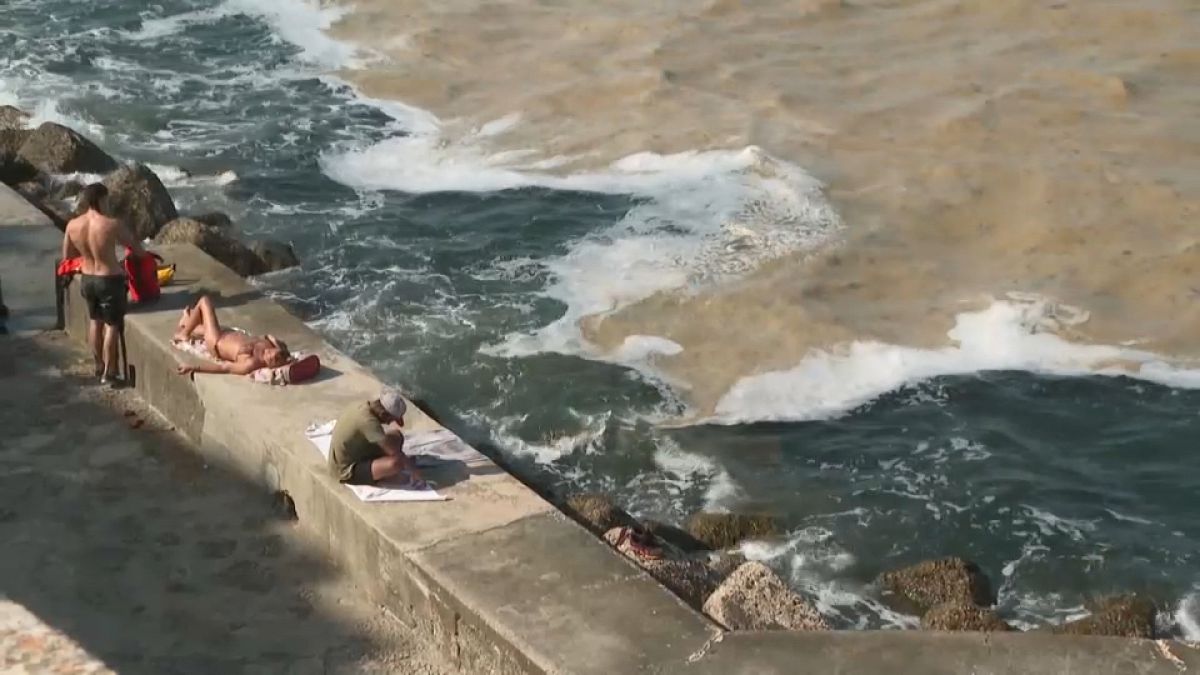Algae has been plaguing the Adriatic Sea in Ancona, Italy for weeks as sea temperatures rise, a phenomenon seen across European seas. Holiday goers may be surprised to see dense streaks of seaweed floating on the surface of the sea during their summer getaway. While the seaweed is not harmful for swimmers, some express discontent with the slime. However, others like a tourist from the Netherlands, say the water is still good despite the unpleasant sight. Edoardo Rubini from Ristorante Emilia Portonovo Beach Resort reassures that the algae has not impacted reservations at the restaurant and hopes it will not affect tourism in the region.
The increase in algae has also been observed in northern Italy, with a record quantity found in the Gulf of Trieste since 2007. This coincides with the recent record-breaking sea temperatures along the Adriatic coast, reaching highs not seen before. The European Environment Agency’s data suggests that sea surface temperatures in all five European seas have significantly warmed since the late 1970s and are expected to rise by 2 to 6 degrees Celsius by 2100 under high emissions scenarios.
As the world experiences the hottest day recorded on earth this past Monday, the impact of rising sea temperatures on marine life and ecosystems becomes more evident. It is important for coastal regions to monitor and address the implications of these changes to protect both the environment and the tourism industry that relies on the beauty of the seas.
Source
Photo credit www.euronews.com




